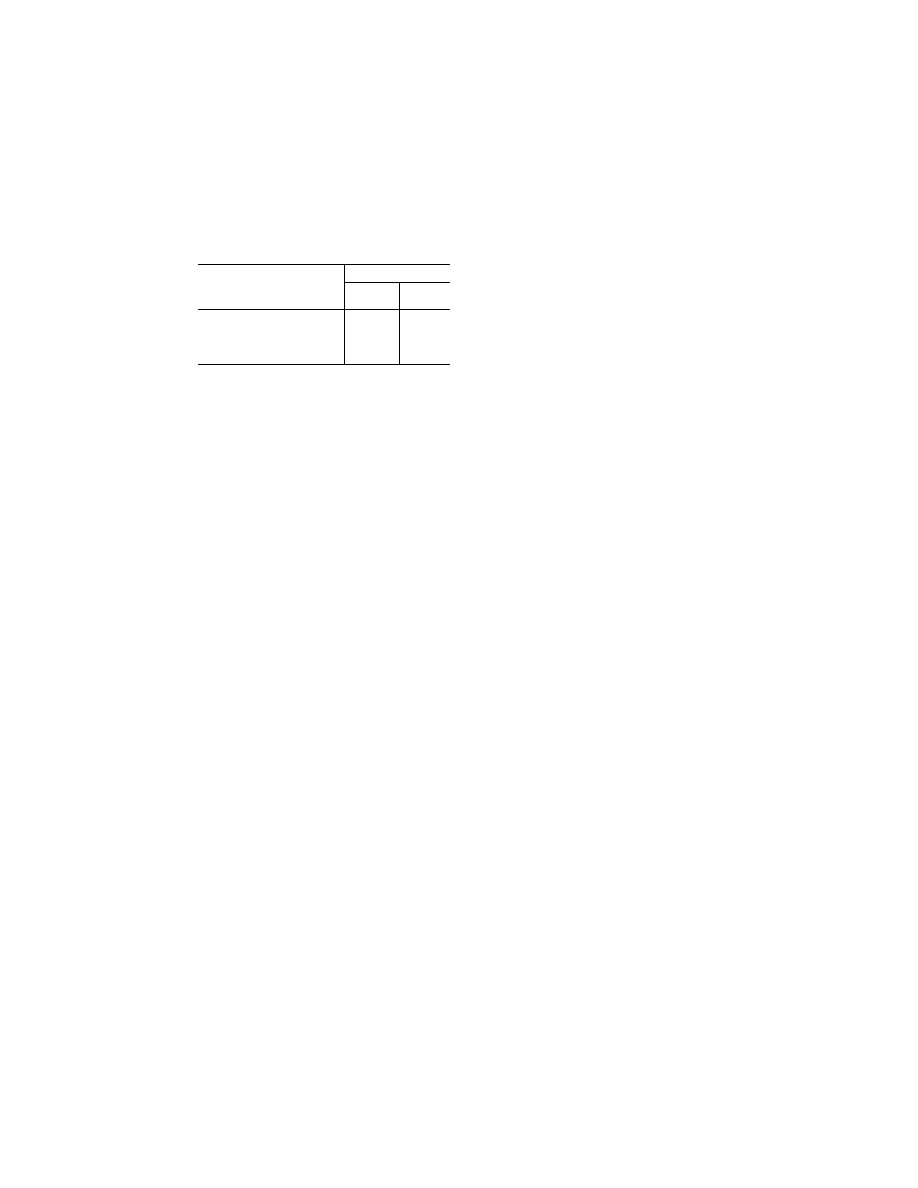
312
14 CFR Ch. I (1–1–14 Edition)
§ 23.1397
Overlaps
Maximum intensity
Area A
(candles)
Area B
(candles)
Green in dihedral angle A .............
5 1
Red in dihedral angle A ................
5 1
Rear white in dihedral angle L ......
5 1
Rear white in dihedral angle R .....
5 1
Where—
(a) Area A includes all directions in
the adjacent dihedral angle that pass
through the light source and intersect
the common boundary plane at more
than 10 degrees but less than 20 de-
grees; and
(b) Area B includes all directions in
the adjacent dihedral angle that pass
through the light source and intersect
the common boundary plane at more
than 20 degrees.
[Doc. No. 4080, 29 FR 17955, Dec. 18, 1964, as
amended by Amdt. 23–43, 58 FR 18977, Apr. 9,
1993]
§ 23.1397
Color specifications.
Each position light color must have
the applicable International Commis-
sion on Illumination chromaticity co-
ordinates as follows:
(a)
Aviation red—
y is not greater than 0.335; and
z is not greater than 0.002.
(b)
Aviation green—
x is not greater than 0.440¥0.320y;
x is not greater than y¥0.170; and
y is not less than 0.390¥0.170x.
(c)
Aviation white—
x is not less than 0.300 and not greater than
0.540;
y is not less than x¥0.040 or y
0
¥0.010, which-
ever is the smaller; and
y is not greater than x+0.020 nor 0.636¥0.400x;
Where
y
0
is the
y coordinate of the Planckian
radiator for the value of
x considered.
[Doc. No. 4080, 29 FR 17955, Dec. 18, 1964,
amended by Amdt. 23–11, 36 FR 12971, July 10,
1971]
§ 23.1399
Riding light.
(a) Each riding (anchor) light re-
quired for a seaplane or amphibian,
must be installed so that it can—
(1) Show a white light for at least
two miles at night under clear atmos-
pheric conditions; and
(2) Show the maximum unbroken
light practicable when the airplane is
moored or drifting on the water.
(b) Externally hung lights may be
used.
§ 23.1401
Anticollision light system.
(a)
General. The airplane must have
an anticollision light system that:
(1) Consists of one or more approved
anticollision lights located so that
their light will not impair the flight
crewmembers’ vision or detract from
the conspicuity of the position lights;
and
(2) Meets the requirements of para-
graphs (b) through (f) of this section.
(b)
Field of coverage. The system must
consist of enough lights to illuminate
the vital areas around the airplane,
considering the physical configuration
and flight characteristics of the air-
plane. The field of coverage must ex-
tend in each direction within at least
75 degrees above and 75 degrees below
the horizontal plane of the airplane,
except that there may be solid angles
of obstructed visibility totaling not
more than 0.5 steradians.
(c)
Flashing characteristics. The ar-
rangement of the system, that is, the
number of light sources, beam width,
speed of rotation, and other character-
istics, must give an effective flash fre-
quency of not less than 40, nor more
than 100, cycles per minute. The effec-
tive flash frequency is the frequency at
which the airplane’s complete anti-
collision light system is observed from
a distance, and applies to each sector
of light including any overlaps that
exist when the system consists of more
than one light source. In overlaps,
flash frequencies may exceed 100, but
not 180, cycles per minute.
(d)
Color. Each anticollision light
must be either aviation red or aviation
white and must meet the applicable re-
quirements of § 23.1397.
(e)
Light intensity. The minimum
light intensities in any vertical plane,
measured with the red filter (if used)
and expressed in terms of ‘‘effective’’
intensities, must meet the require-
ments of paragraph (f) of this section.
The following relation must be as-
sumed:
VerDate Mar<15>2010
10:12 Mar 18, 2014
Jkt 232046
PO 00000
Frm 00322
Fmt 8010
Sfmt 8010
Y:\SGML\232046.XXX
232046
pmangrum on DSK3VPTVN1PROD with CFR